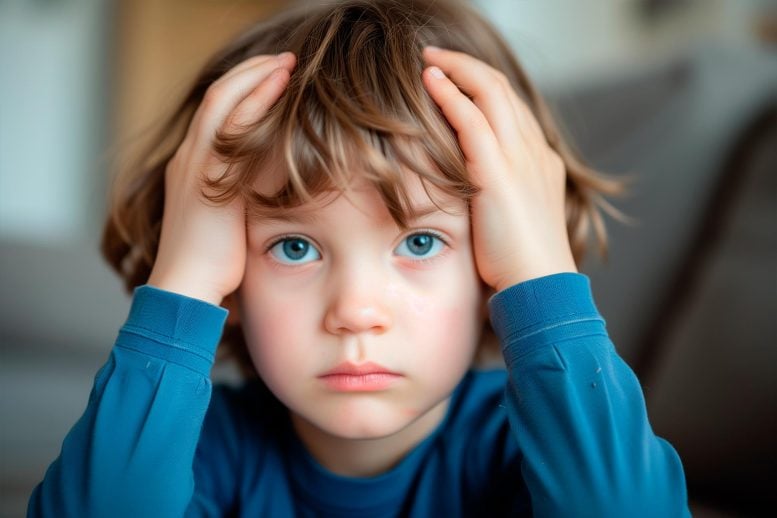
Experts in the Drug and Therapeutics Bulletin warn about the growing trend of prescribing psychotropic drugs to children and young people, highlighting the lack of solid evidence supporting this practice and the rising concerns about safety and efficacy.
The editorial emphasizes the need for safer prescribing practices, more robust research, and better involvement of families in treatment decisions to ensure these medications are used appropriately and discontinued when no longer necessary.
There’s limited evidence to back up the widespread and increasing rates of prescribing mood-altering drugs (psychotropics) as the mainstay of mental health treatment for children and young people, warn experts in an editorial, published today (July 29) in the August issue of Drug and Therapeutics Bulletin (dtb).
But first and foremost, current prescribing practice for these drugs, which include sedatives, anti-anxiolytics, antidepressants, antipsychotics, and melatonin, needs to be a lot safer, they insist.
The numbers of these drugs being prescribed to children and young people has been rising steadily, along with a tendency to prescribe them for longer periods, note the editorialists.
Rising Prescription Rates and Concerns
They cite previously published UK studies, showing that the prescribing rate of antipsychotics for children rose more than 3% every year between 2000 and 2019, while the prescribing rate of antidepressants more than doubled among 12-17 year olds between 2005 and 2017.
Another study shows that more than 56,000 under-17s were taking melatonin in 2022, which represents an increase of 168% on the equivalent figures for 2015.
The UK is not alone when it comes to the growing reliance on these drugs to treat children’s mental health issues, the editorialists point out.
They cite data from a large US household survey showing a sharp rise in the numbers of young people being prescribed a cocktail of these drugs, despite mounting concerns about the safety and effectiveness of such an approach.
Safety and Efficacy Challenges
The safety of psychotropic use in children is poorly researched, emphasizes the editorialists. But safety concerns about antipsychotic prescribing to children in foster care, in particular, have prompted the American Academy of Child and Adolescent Psychiatry to issue guidelines for clinicians, advocating a ‘start low, go slow’ approach.
These medications need to be regularly reviewed and discontinued at the earliest opportunity, say the editorialists. But the evidence suggests that clinicians in primary care don’t feel confident enough to taper the dose and frequency, while hospital doctors feel that inpatient stays aren’t long enough for this to be started.
“If psychotropic prescribing is to become a mainstay of the management of childhood mental health problems, and there is a limited evidence base to support such use, it needs to be safer,” write the editorialists.
Recommendations for Improved Practice
“There is a need to better understand the level of risk that psychotropics pose, what doses are considered safe in different age groups, and at what point physical health monitoring should become mandatory,” they add.
And they conclude: “Better joined-up oversight and shared decision-making, involving young people and their families in discussions about medication both in primary and secondary care, to ensure that treatments are not continued when no longer required, is vital.”
Reference: “Challenging use of psychotropic medication in young people” by David Branford, Anne Webster, David Gill, Teresa Randon and Kirsten Peebles, 1 August 2024, Drug and Therapeutics Bulletin.
DOI: 10.1136/dtb.2024.000022